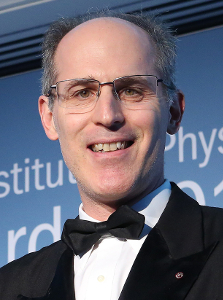
Alan Turing Professor
of Complex Physical Systems
Our research group focuses on
understanding nonequilibrium phenomena in the natural world, with particular
emphasis on biological physics. We strive for a holistic approach in
which theory and experiment seamlessly coexist, in the best tradition
of DAMTP. Members of the group include theoretical and experimental
physicists, chemists, applied mathematicians and biologists, and we collaborate broadly
with scientists from other departments in Cambridge and beyond. Undergraduates
are welcome to join us, especially for summer projects.
We are grateful to Wellcome and the Leverhulme for their generous funding of our current research.


Tigra Fader Sample #1 - Simple Slide Show
Here is a collection of images from our recent research.
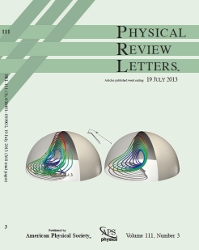
Much of our current research is involved with physical aspects of
multicellularity. We are engaged in studies of
collective dynamics, mixing, and
transport in concentrated bacterial and algal suspensions, striving to understand the
more general problem of interacting,
self-propelled organisms. These issues touch on aspects of nonequilibrium statistical
mechanics and fluid dynamics, but also have implications for specific biological
phenomena such as quorum sensing. Of interest also is the role of flagella-driven flows
in the evolutionary transition from unicellular to multicellular organisms (using
the Volvocine green algae as a model lineage).
Experimental methods include optical
trapping, high-speed imaging, fluorescence microscopy, microfluidics, and
particle imaging velocimetry. We use a variety of model organisms to
study these processes (the bacterium B. subtilis,
and algae such as Chlamydomonas and Volvox).
Theoretical tools used vary from
nonlinear PDEs, as in fluid mechanics and elasticity, to statistical physics
and dynamical systems methods.
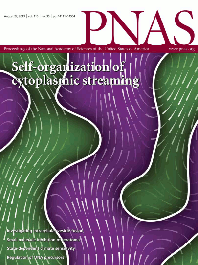
A second main thrust centres around
understanding the dynamics of cytoplasmic streaming,
the persistent circulation of the fluid contents of large
eukaryotic cells driven by the collective dynamics of motor proteins. Discovered
by Bonaventura Corti in 1774, streaming has been studied intensely for over two centuries,
but many fundamental questions have remained unanswered with regard to how the fluid
motion impacts on cellular metabolism, homeostasis, and mixing. Using the model
organisms Chara corallina and Drosophila melanogaster we are engaged in
a comprehensive experimental study of fluid dynamical and transport issues associated
with streaming, using techniques from microfluidics, electrophysiology, fluid dynamics
and molecular biology. At the same time, we have been developing a theoretical understanding of
the unusual transport phenomena that take place in these high Peclet number flows,
with their often intriguing geometry. Some of these transport issues have implications for
microfluidic applications. (Image at left is copyright 2013 National Academy of Sciences U.S.A.).
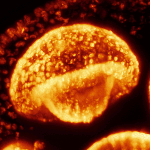
A relatively new line of investigation focuses on developmental problems in
cell biology associated with the folding of cell sheets. Here again we use the
Volvocine green algae, and study the process of 'embryonic inversion' during which
the spherical daughter colonies literally turn themselves inside out to complete
their development. This phenomenon has strong parallels with gastrulation, the
process of early embryonic development in animals in which an initially spherical
mass of cells develops an invagination that leads to the formation of the
gastric system, and eventually to a topological change from a sphere to a torus.
Unlike gastrulation, algal inversion is driven solely by cell shape changes, and
is thus a useful starting point to understand cell sheet folding.
Using light sheet microscopy and sophisticated image analysis,
along with a mathematical theory based on thin shell elasticity with intrinsic
curvature we are beginning to develop a quantitative understanding of this
fascinating process.
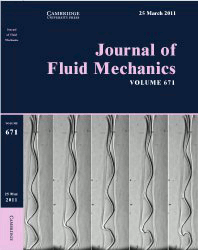
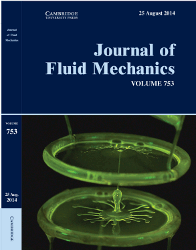
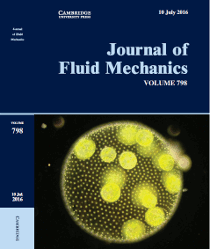
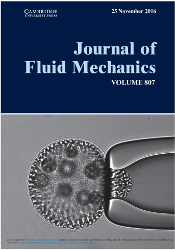
Research in our group is closely related to that of several other
groups within DAMTP, including the
Institute for Theoretical Geophysics ,
with whom we collaborate on problems of natural pattern formation involved
in solidification, and other fluid dynamicists within DAMTP
and the G.K. Batchelor Fluid
Dynamics Laboratory,
interested in instabilities. We work closely with Professor T.J. Pedley in the
Biological Fluid
Dynamics Group on problems of microorganism dynamics and pattern formation,
and have growing ties with the
Biological and
Soft Systems and Medical Physics efforts in the Cavendish laboratory.
Finally, we collaborate with groups in biology, including Plant Sciences,
Zoology, and Genetics.
|

